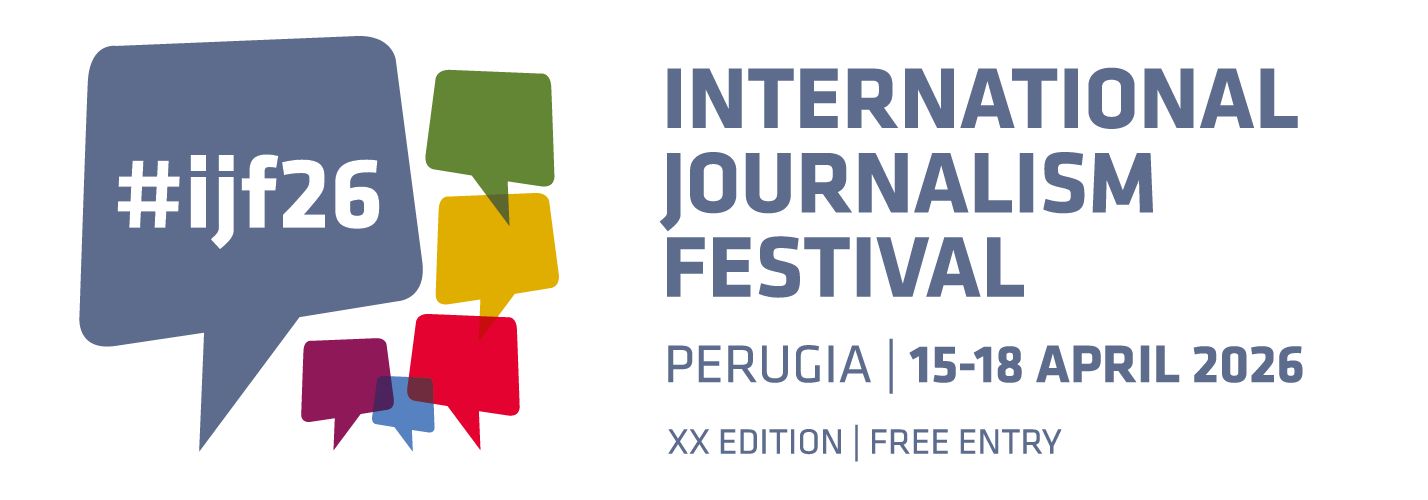Italy is a highly seismic country. It's not the only one, of course: on the same level, and maybe even worse off, there are California, Japan, Turkey, the Pacific coast of South America and many other areas of the world. Earthquakes occur time after time, in repeated cycles throughout history. But in many countries they are still perceived as occasional events, natural disasters that occur without any possibilità of reducing the risk associated with them, an attitude resulting in very little prevention and a certain carelessness about safety in public buildings, including schools. In this panel we'll go through three different stories. The first one is that of L'Aquila, the Italian town destroyed by an earthquake in April 2009 which resulted in 309 people being killed, including many students sleeping at the University student dormitory.
The case of L'Aquila has recently been in the spotlight because an Italian court has sentenced seven experts - seismologist and geologists - as guilty of manslaughter for their role in failing to adequately communicate the risk to the population. L'Aquila is now undergoing reconstruction and we'll look into how it is possible to render the entire process more transparent and accountable thanks to a web platform built by a group of citizens, activists, journalists. We'll talk then of a data-driven long term investigation published on WiredIT in autumn 2012 and focused on uncovering data and information on seismic safety assessments over italian public schools due to be completed by local institutions but still largely unfinished.
And finally we'll fly overseas, to California, where Gabriel Kahn has launched CrisisConnection, a new platform aimed at collecting and organizing field data produced during and after an emergency.


